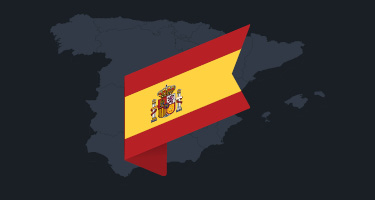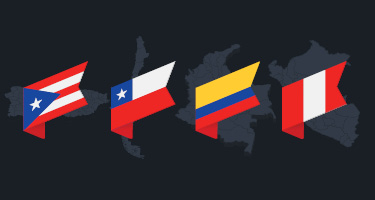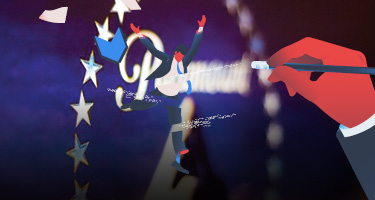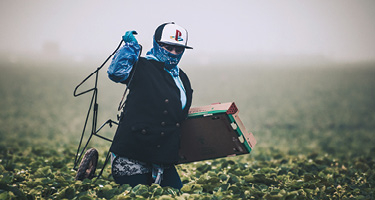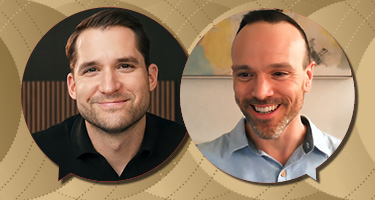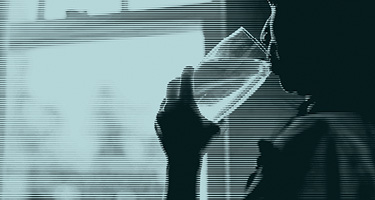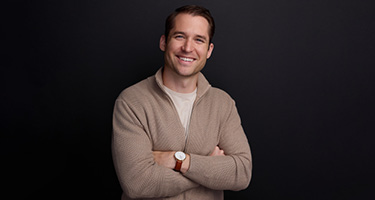Sexual abuse occurs where an individual engages in sexual activity with someone else without their consent. This often happens when an adult engages in any sort of sexual activity with a minor, but an adult can be sexually abused by another adult in circumstances where the abuser is in a position of power of authority over the survivor.
Clergy sexual abuse occurs where a leader of a religious or spiritual uses their position of power and trust to engage in sexual activity or misconduct with an individual. This can involve lay leaders, priests, pastors, deacons, camp staff, volunteer church leaders, church leadership, temple leaders, or other representatives of a faith community.
The term “Clergy sexual abuse” covers a whole host of activities. According to the MCC, they can include: “sexualized behaviour, inappropriate words and innuendo, harassment, threats, physical movement and contact, hugs, kisses, touching, intercourse, emotional and spiritual manipulation.” [1]
Clergy sexual abuse is one example of where both minors and adults can be sexually abused. If a clergy member engages in sexual activity or misconduct with a child, this is childhood sexual abuse. A child cannot consent to sexual activity. If a clergy member engages in sexual activity or misconduct with an adult, this may still be sexual abuse.
The law recognizes the power imbalance between a clergy member and an individual and so an adult is not necessarily considered consenting. Since a clergy member is in a position and trust and authority, if the clergy member abuses that position of trust to get an individual to participate in sexual activity, the law assumes that the survivor was not able to consent. [2]
Pervasive Sexual Abuse.
Clergy sexual abuse is a widespread issue especially in historical contexts. As is now widely known, priests and other leaders in the Catholic Church carried out prolific sexual abuse around the world. Various Christian organizations responsible for running residential and day schools permitted widespread and horrific sexual abuse of Indigenous children and youth forced to attend their schools. The LDS Church has permitted its leaders to abuse children in secret for decades.
In Canada especially, Christian churches protected priests who were suspected of child sexual abuse, often by simply moving them from parish to parish. Survivors of sexual abuse feared coming forward because of the power wielded by the priest over their local communities. The secrecy made it all the harder for survivors to come forward and hold their abusers accountable.
Christian Churches have stated to acknowledge the far-reaching effects of clergy sexual abuse in recent years. Many churches now have official mechanisms for survivors to file complaints and some offer financial support for therapy.
However, more must be done if churches wish to prevent further abuses from occurring. These issues need to be brought into the light and faced directly. Only direct, open, and honest reflection will ensure the future safety of congregants.
While Christian churches have faced the most public criticism, clergy sexual abuse can occur in any religious or spiritual organization or even ‘cults’.
Survivors of childhood clergy sexual abuse typically suffer lifetime consequences, which can include shame, guilt, low self-esteem, depression, anxiety, trust issues, anger, panic, fear of strangers, trouble with education and employment, difficulty forming and keeping relationships, substance abuse, and even issues with cleanliness, poor body image, compulsive eating and weight gain, and fear of leaving the home. Adult survivors of clergy abuse can experience many of the same symptoms, and additionally can experience deep grief, fear, and a sense of loss from a loss of faith and community.
It is critical that survivors of clergy sexual abuse seek treatment, especially therapy. Survivors should recognize that the abuse was not their fault.

